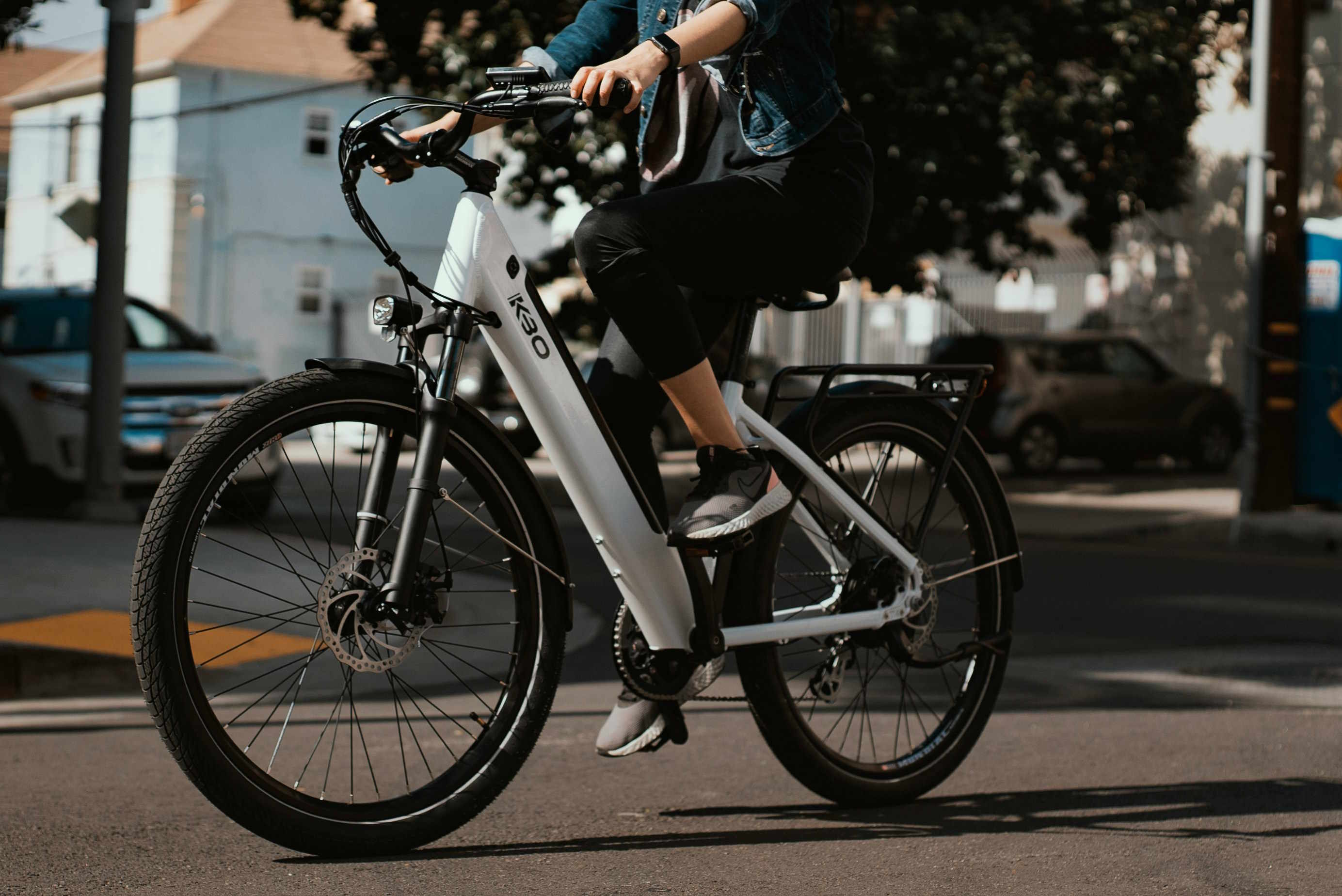Electric Bikes in the USA: Prices, Benefits, and What to Consider Before Buying
Electric bikes have transformed personal transportation across America, offering an eco-friendly alternative to traditional vehicles. With growing infrastructure support and technological advances, these battery-powered bicycles provide practical solutions for commuting, recreation, and fitness. Understanding the components, costs, and considerations helps make informed purchasing decisions in this expanding market.
The electric bike market in the United States has experienced remarkable growth, with sales reaching new heights as Americans seek sustainable transportation alternatives. These innovative vehicles combine traditional cycling with electric motor assistance, creating versatile options for various lifestyles and needs. From urban commuters to recreational riders, electric bikes offer unique advantages that traditional bicycles and cars cannot match.
How Electric Bikes Work: Key Components Explained
Electric bikes operate through a sophisticated system of interconnected components that work seamlessly together. The heart of any electric bike is its battery, typically lithium-ion, which stores energy to power the electric motor. The motor, usually located in the hub of the front or rear wheel or in the bike’s frame, provides assistance when pedaling or can propel the bike independently in some models.
The controller serves as the brain of the system, managing power distribution between the battery and motor based on rider input. Sensors detect pedaling motion, speed, and torque, allowing the system to provide appropriate assistance levels. Most electric bikes feature multiple assistance modes, from eco-friendly settings that extend battery life to high-power modes for challenging terrain or quick acceleration.
Benefits of Owning an Electric Bike in the US and Average Prices
Electric bike ownership offers numerous advantages for American riders. Environmental benefits include reduced carbon emissions and decreased reliance on fossil fuels. Health benefits combine cardiovascular exercise with motor assistance, making cycling accessible to people with varying fitness levels or physical limitations. Economic advantages include lower operating costs compared to cars, reduced parking expenses, and minimal maintenance requirements.
Commuting benefits are particularly significant in urban areas where traffic congestion and parking challenges make traditional vehicles impractical. Electric bikes can navigate bike lanes, avoid traffic jams, and provide door-to-door transportation without the stress of finding parking spaces. Many riders report improved mental health and increased enjoyment of their daily commutes.
Popular Electric Bike Brands and Models in the US: Features and Costs
The American electric bike market features diverse manufacturers offering various styles and price points. Established brands like Trek, Specialized, and Giant provide premium models with advanced features and extensive dealer networks. Newer companies such as Rad Power Bikes, Aventon, and Lectric XP focus on direct-to-consumer sales with competitive pricing.
Commuter-focused models typically feature integrated lights, fenders, racks, and comfortable seating positions. Mountain electric bikes emphasize robust suspension systems, powerful motors, and durable construction for off-road adventures. Cargo electric bikes accommodate families or delivery services with extended frames and heavy-duty components.
| Electric Bike Category | Popular Models | Price Range | Key Features |
|---|---|---|---|
| Commuter | Trek Verve+, Specialized Turbo Vado | $2,500-$4,000 | Integrated accessories, comfort geometry |
| Mountain | Giant Trance X E+, Specialized Levo | $3,500-$8,000 | Full suspension, powerful motors |
| Cargo | Rad Power RadWagon, Tern GSD | $1,500-$5,000 | Extended capacity, family-friendly |
| Folding | Brompton Electric, Lectric XP | $1,000-$3,500 | Compact storage, portability |
| Budget | Aventon Pace, Ancheer Power Plus | $800-$1,500 | Basic features, entry-level pricing |
Prices, rates, or cost estimates mentioned in this article are based on the latest available information but may change over time. Independent research is advised before making financial decisions.
Safety Guidelines and Maintenance Tips for Electric Bike Owners
Electric bike safety requires understanding both traditional cycling principles and electric-specific considerations. Helmet use remains essential, with some states requiring helmets for electric bike riders. Understanding local traffic laws is crucial, as electric bike regulations vary by state and municipality regarding speed limits, where they can be ridden, and age restrictions.
Regular maintenance includes battery care, motor inspection, and traditional bicycle components like brakes, tires, and chains. Battery maintenance involves proper charging practices, storage in appropriate temperatures, and avoiding complete discharge cycles. Motor systems typically require minimal maintenance but benefit from keeping connections clean and dry.
Government Incentives and Local Programs in the US
Various federal, state, and local programs support electric bike adoption through incentives and infrastructure development. Some states offer tax credits or rebates for electric bike purchases, while local municipalities provide subsidized programs for low-income residents. Federal tax credits may apply to electric bikes used for business purposes.
Infrastructure investments include expanding bike lane networks, installing charging stations, and creating bike-sharing programs that include electric models. Many cities have implemented electric bike pilot programs for municipal employees or public use, demonstrating commitment to sustainable transportation solutions.
Choosing the Right Electric Bike for Your Lifestyle and Where to Buy
Selecting an appropriate electric bike requires evaluating intended use, budget, and personal preferences. Commuters should prioritize comfort, reliability, and integrated accessories. Recreational riders might prefer versatility and performance features. Consider factors like battery range, motor power, weight, and available support services.
Purchasing options include local bike shops, which provide professional fitting and ongoing service support, and online retailers offering competitive pricing and direct shipping. Many manufacturers offer test ride programs or satisfaction guarantees. Consider warranty coverage, parts availability, and local service options when making purchasing decisions.
Electric bikes represent a significant investment in personal transportation that can provide years of reliable service with proper selection and care. Understanding the technology, costs, and considerations ensures informed decision-making in this rapidly evolving market.





